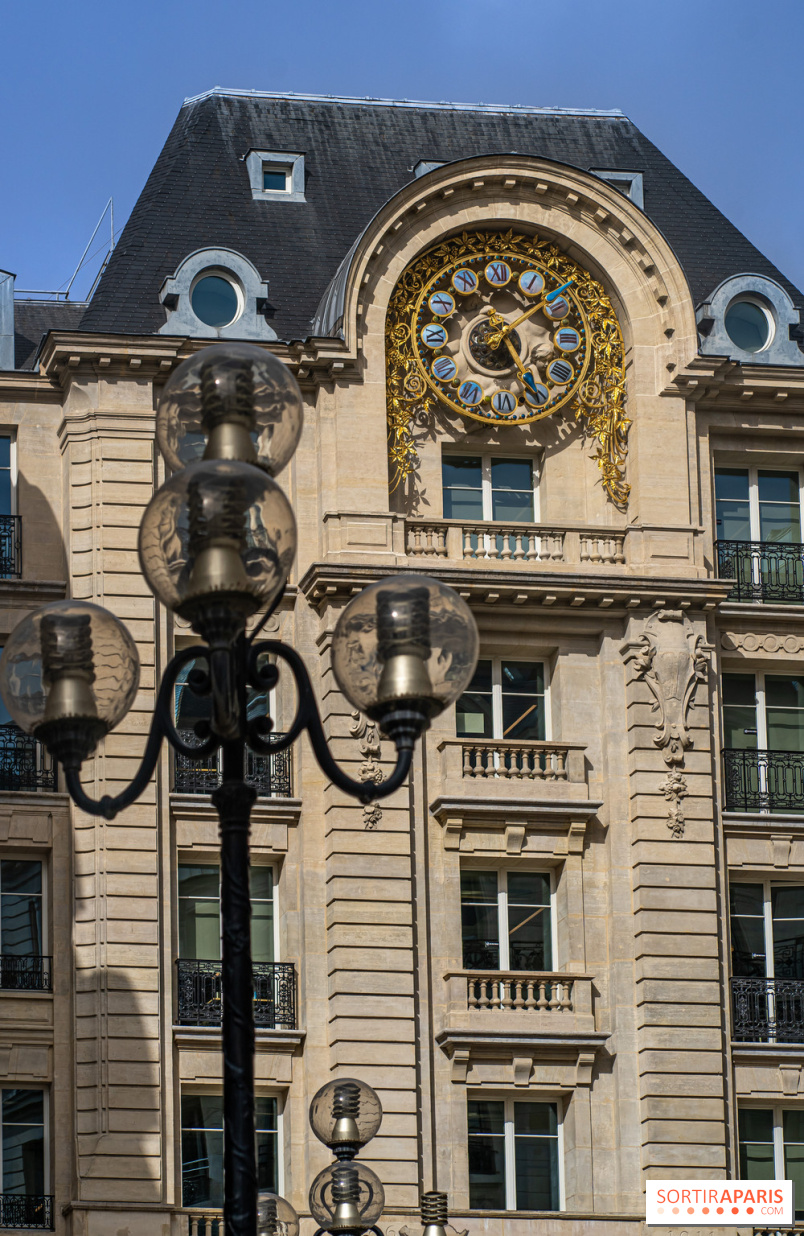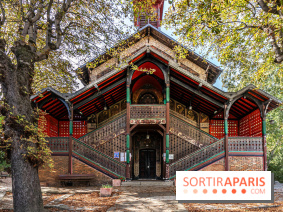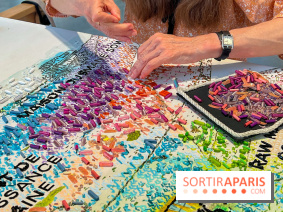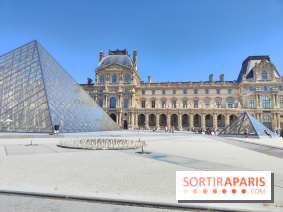Among the most beautiful clocks in Paris is the one in the former building of the daily newspaper Le Temps. If you look up rue des Italiens, you'll be amazed by its beauty. Built in 1911 for Le Temps magazine, this building was bound to feature a beautiful clock. Here's the story.
The former Le Temps building in Paris is steeped in history. Founded in 1861 by Auguste Nefftzer, the newspaper was inspired by the English model of The Times to become a major moderate and liberal organ with an international outlook. Although it sold for three times as much as popular dailies, it became an irreplaceable source for its Parisian and provincial morning-after colleagues.
According to Wikipedia, he had a large audience among France's political, economic and intellectual elites, and was considered a reference for international events.
With its large, austere format, without illustrations or headlines, Le Temps established itself as a serious, impartial voice in the French media landscape. Its analyses were recognized for their rigor and impartiality, and it often served as the semi-officous mouthpiece of French diplomacy abroad. In domestic politics, the paper claimed to "speak republican law" and was a firm opponent of the Second Empire and its risky foreign policy.
Le Temps has had its ups and downs throughout its history. After the defeat and loss of Alsace in 1871, Nefftzer handed over management of the paper to Adrien Hébrard, who consolidated its influence and made it the reference organ of the Third Republic. Between the wars, the paper's circulation increased, but its diplomatic positions came to merge with those of Great Britain. After France's defeat in 1940, Le Temps rallied to the cause of the Vichy government.
However, after the Liberation, much of public opinion regretted the absence of a serious, impartial newspaper in the new press. To compensate, Le Monde was created in December 1944, under the direction of Hubert Beuve-Méry. The new editorial team amalgamated journalists from the former Temps and young Resistance fighters, and set up shop in the rue des Italiens.
The premises of the former Le Temps magazine building in Paris were renowned for their elegance and prestige. They were specially built in 1911 for the newspaper, in the Art Nouveau style, with wrought-iron balconies and decorative stained-glass windows. The building was also equipped with central heating and two modern elevators.
The offices of Le Temps were also the scene of important meetings between political, intellectual and cultural figures of the time. According to Wikipedia, figures such as Georges Clemenceau, Émile Zola, Jean Jaurès and André Gide frequented the paper's offices to give interviews and exchange ideas with journalists.
However, the premises of Le Temps were also the scene of dark moments in French history. In 1940, following France's defeat by Germany, Le Temps was forced to leave Paris and retreat to Lyon, before finally ceasing publication in 1942. During the Occupation, the rue des Italiens premises were occupied by German forces, who used the newspaper's presses to print their own propaganda.
After the Liberation, the premises were taken over by the new editorial staff of Le Monde. When Hubert Beuve-Méry and his team moved into these premises in 1944, they inherited a place steeped in history, symbolizing both the heritage of the "great press" and that of the small, quality press. The building, with its imposing Haussmann façade and monumental clock, has become a symbol of the French press and its important role in the country's political and cultural life.
Today, although the premises have been refurbished for other uses, they remain an important place in the history of the French press, bearing witness to the major political and cultural developments in France over the past centuries.
Dates and Opening Time
From January 1, 2023 to December 31, 2028
Location
Former Le Temps building in Paris
5 Rue des Italiens
75009 Paris 9
Prices
Free
Recommended age
For all



















